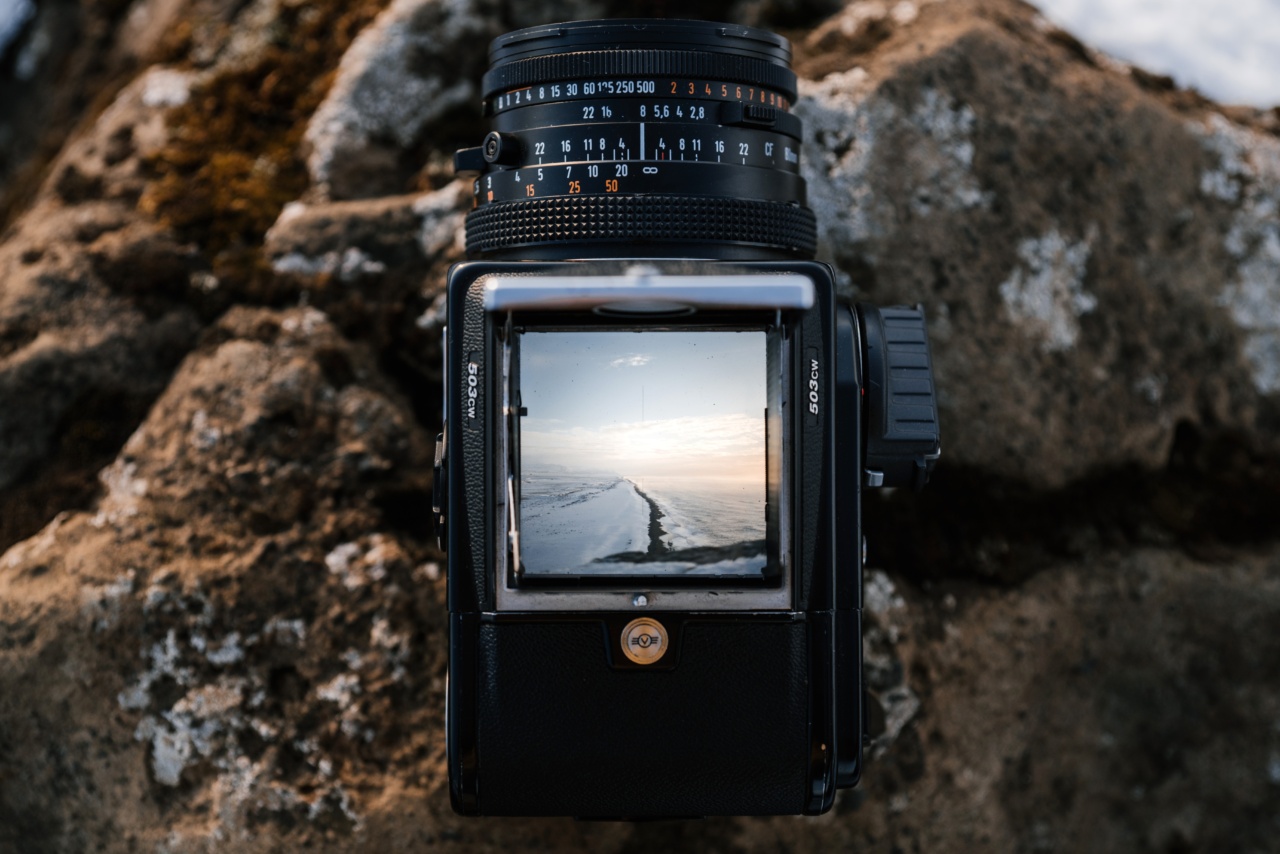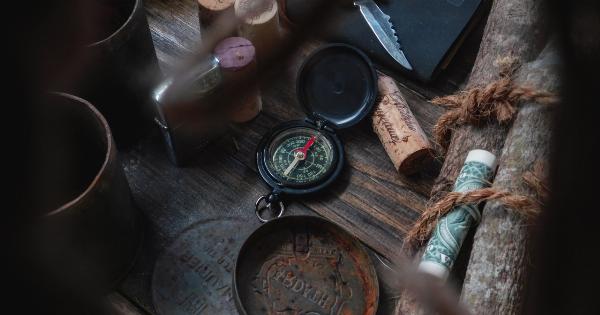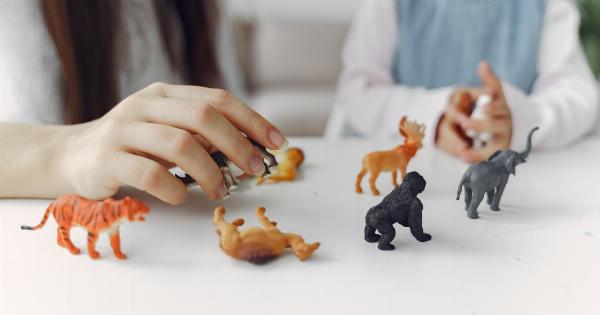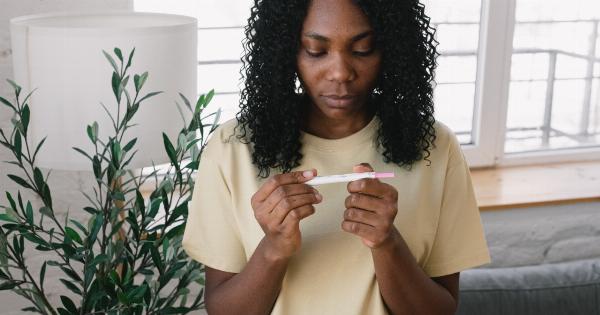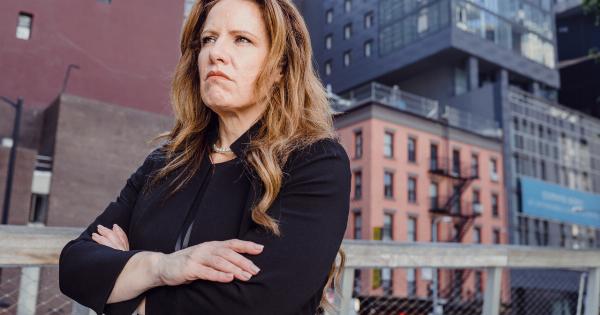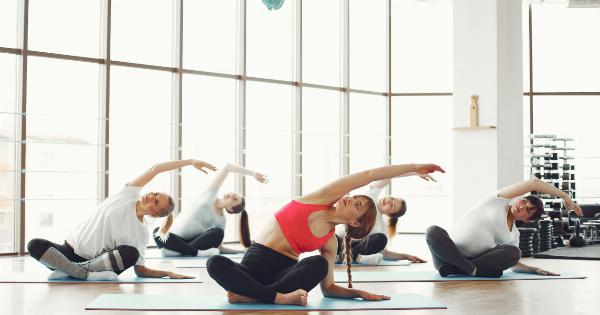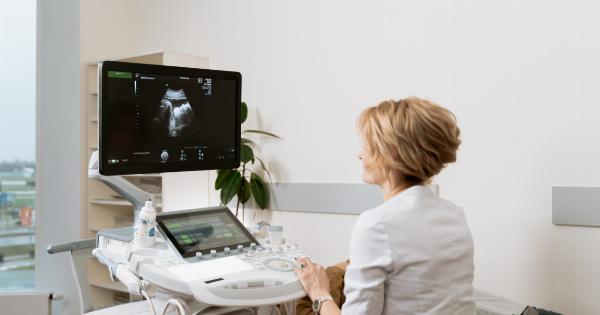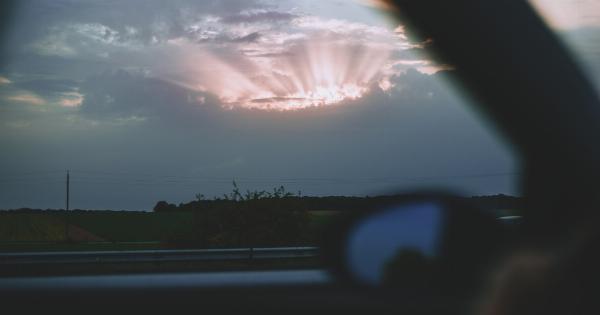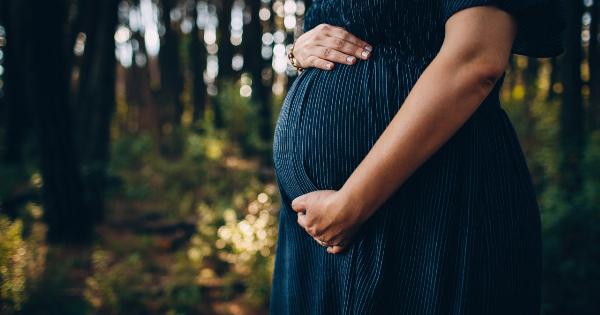The journey from conception to birth is an incredible process. It is a time of transformation and growth, a time of incredible change and development.
From the moment of conception, the body begins to change in amazing ways, and this transformation continues throughout the entire pregnancy.
Conception and Early Development
Conception occurs when a sperm fertilizes an egg. The resulting zygote begins to divide, forming a blastocyst. This tiny collection of cells travels down the fallopian tube and into the uterus, where it implants in the uterine lining.
Over the next few weeks, the blastocyst develops into an embryo. The embryo begins to form the basic structures of the body, including the heart, lungs, brain, and digestive system. At the end of the eighth week, the embryo is now called a fetus.
First Trimester
During the first trimester, the fetus grows and develops rapidly. The head and facial features start to take shape, and fingers and toes begin to form.
The fetus starts to move, although the mother won’t feel these movements until later in the pregnancy.
At around 12 weeks, the fetus is fully formed and all of its organs are in place. The fetus is now about the size of a lime and weighs less than an ounce.
Second Trimester
During the second trimester, the fetus grows even more. By around 20 weeks, the fetus is about 10 inches long and weighs around 10 ounces. The mother may start to feel movements as the fetus becomes more active.
The fetus’s skin is now covered in a layer of fine hair called lanugo, and its eyes start to open. The fetus can also hear sounds and may even start to respond to familiar voices.
Third Trimester
The third trimester is when the fetus really starts to put on weight. By 36 weeks, the fetus is considered full term and is around 18-20 inches long and weighs between 6 and 9 pounds.
The fetus settles into the head-down position in preparation for birth. The mother’s uterus may become more sensitive, causing Braxton Hicks contractions to occur. These contractions are generally irregular and do not usually cause any pain.
Labor and Birth
When labor begins, the uterus starts to contract. These contractions become stronger and more frequent as the cervix begins to dilate. Contractions ultimately help push the baby down through the birth canal and out of the mother’s body.
Once the baby is born, it begins the transition from life in the womb to life outside.
The baby may cry and take its first breaths, and its skin may change color as the circulatory system adapts to breathing air instead of receiving oxygen through the placenta.
The Amazing Journey of Pregnancy
From conception to birth, the journey of pregnancy is truly amazing. The body transforms in incredible ways, supporting the growth and development of a new life.
Watching a tiny collection of cells become a fully-formed baby is a truly awe-inspiring experience.
